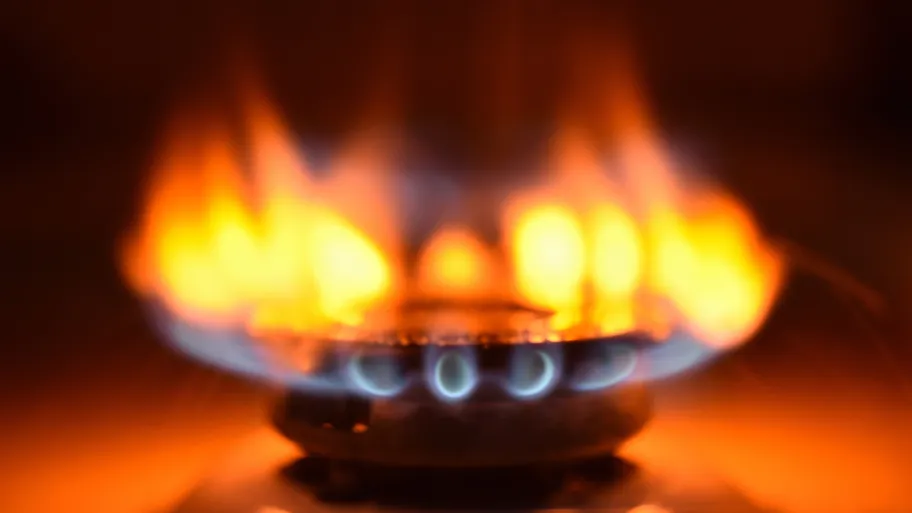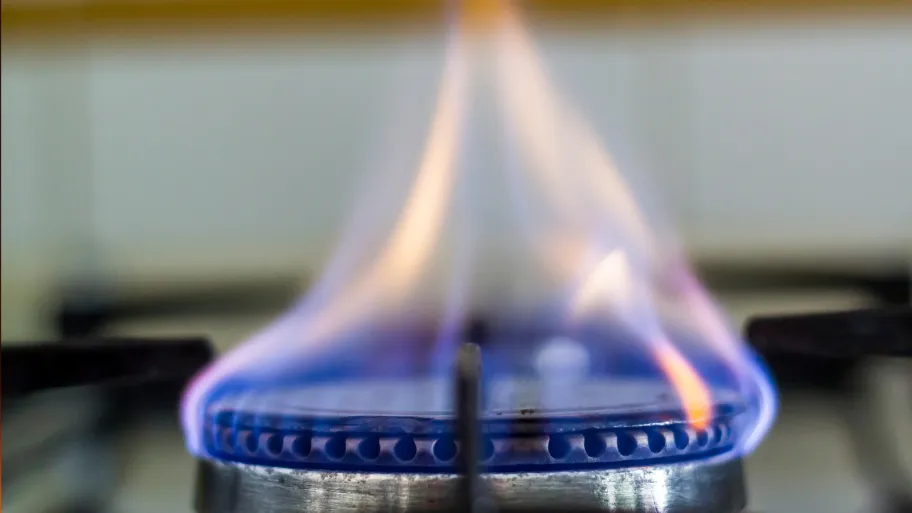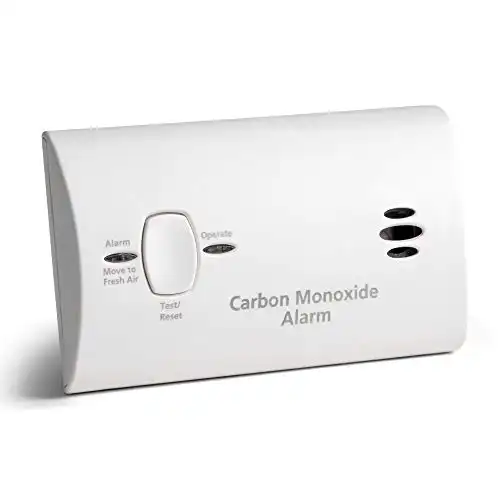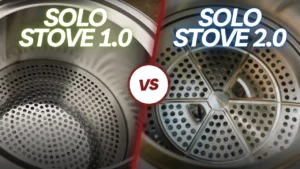I love using my gas stove because it’s fuel efficient and provides an instant flame. However, I know that I need to pay attention to the flame color because anything other than the usual blue flame could indicate a problem.
A yellow flame color on a gas stove indicates incomplete combustion and means that the stove is producing higher than normal carbon monoxide levels, which can be very dangerous.
A healthy gas stove flame is blue with a brighter inner cone and a blue-transparent outer cone. As oxygen is restricted, the inner cone disappears and the flame gradually becomes more yellow as more carbon monoxide is produced.
Carbon monoxide poisoning can happen quickly so it’s important not to use a gas stove with a yellow flame. If you have a yellow flame, ventilate the space well, shut off the stove and call a professional to fix the problem before continuing.
Carbon monoxide gas is odorless and it's a silent killer.
Which Gas Flame Color Has The Most Carbon Monoxide?

When you light your gas stove and it’s operating as it should, a chemical reaction occurs and the hydrogen and carbon in the gas fuel combines with the oxygen in the air.
It then creates a blue flame and carbon dioxide as a by-product. This is known as complete combustion and the blue flame is a telltale sign of this.
As the video below shows, a well-aerated flame with complete combustion should have 2 parts:
- An inner luminous blue mantle and
- An outer almost transparent and blue cone
Depending on how much oxygen is restricted to your stove when you light it, the flame color will change as follows (in order of oxygen restriction from low to high):
- The inner blue mantle disappears but the flame, as a whole, has an almost transparent blue color
- The flame gradually becomes more yellow as more oxygen is restricted

The more the oxygen is restricted the more carbon monoxide is produced. Carbon monoxide poisoning is very serious and an indoor space only needs 1% concentration for it to be fatal.
If your gas stove has a problem with one of its parts, this can result in incomplete combustion and a yellow or orange flame:
- Misaligned burner cap
- Clogged or dirty burner
- Broken orifice
- Badly adjusted air shutter
Using a humidifier close to your gas stove can also cause a yellow flame.
This useful guide shows you how to fix a yellow flame on a gas stove.
These problems can prevent the oxygen in the air from combining with the gas fuel properly, thereby preventing complete combustion.
In this case, the carbon and hydrogen don’t combine – instead just the carbon is burned which creates soot, giving the flame a yellow color.
How much carbon monoxide is in the flame depends on how much the gas fuel has correctly combusted. According to a paper by Iowa State University, a normal and properly functioning gas stove with a blue flame can emit 800 parts per million of carbon monoxide in a sample.
Another study revealed that healthy gas stoves produce around 0.25 cubic feet per hour of carbon monoxide, which is safe.
However, it showed that a yellow flame produces carbon monoxide at a much higher rate, the reason I always have a working carbon monoxide detector in my kitchen.





